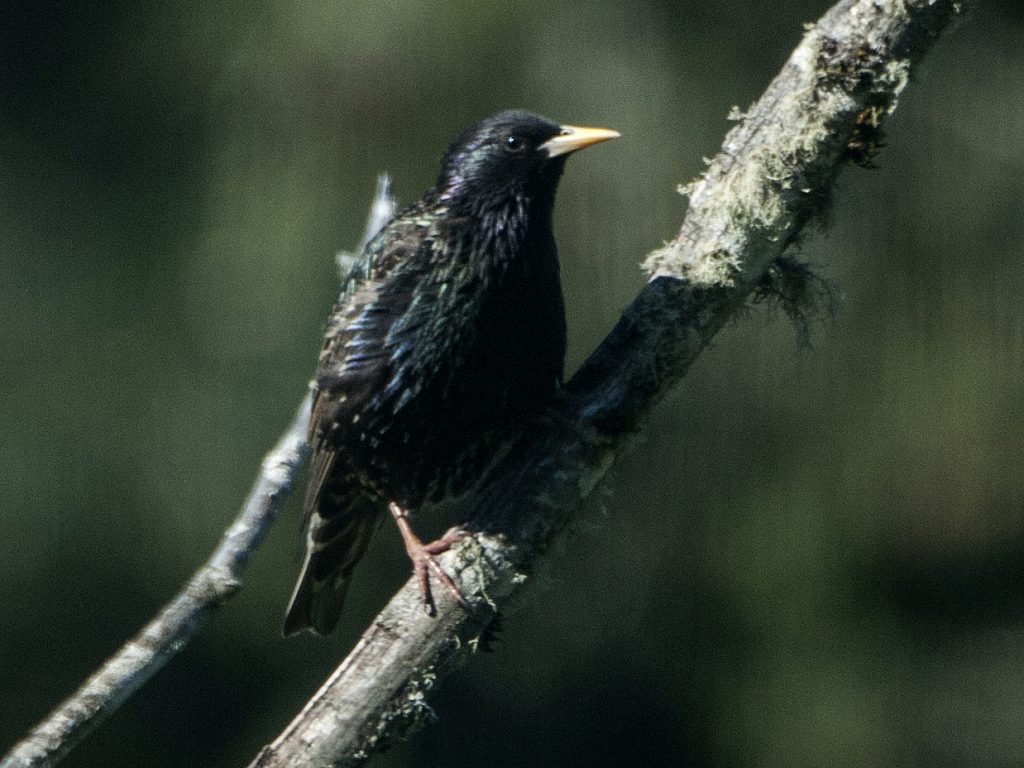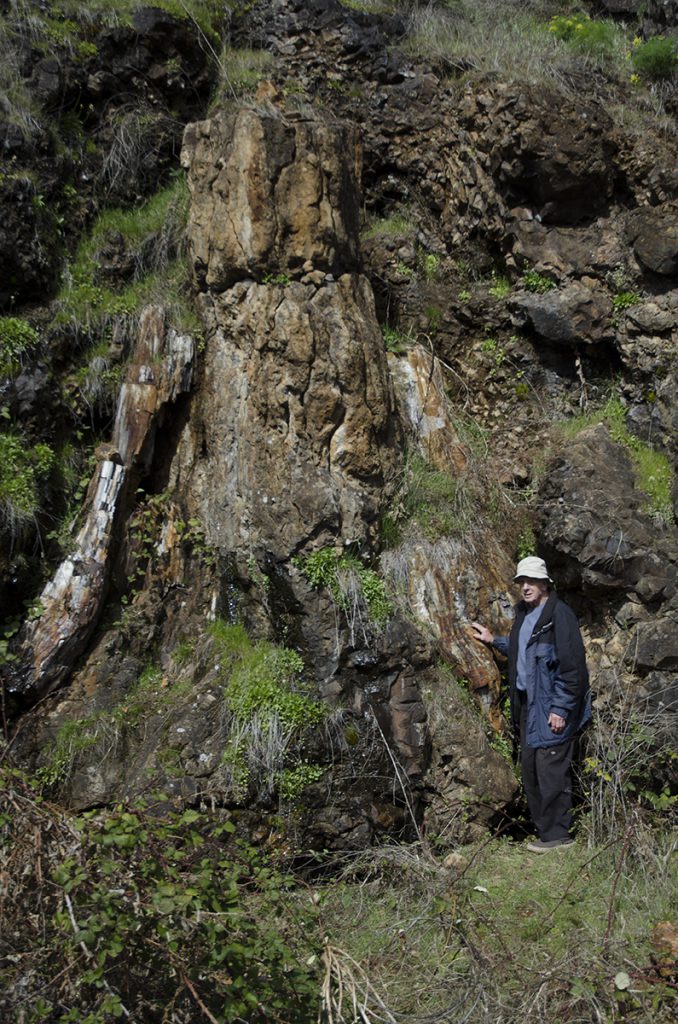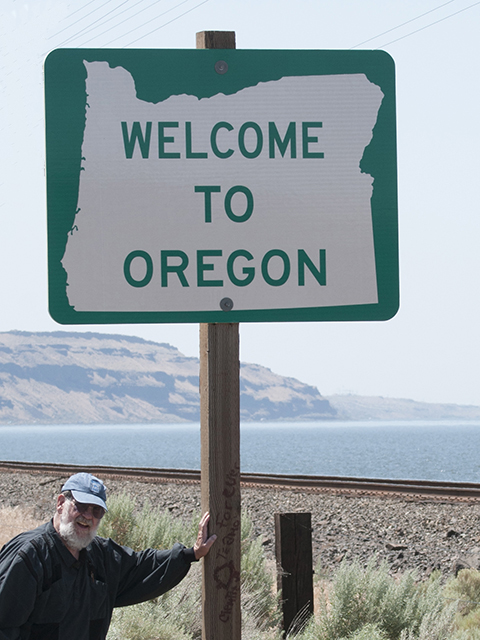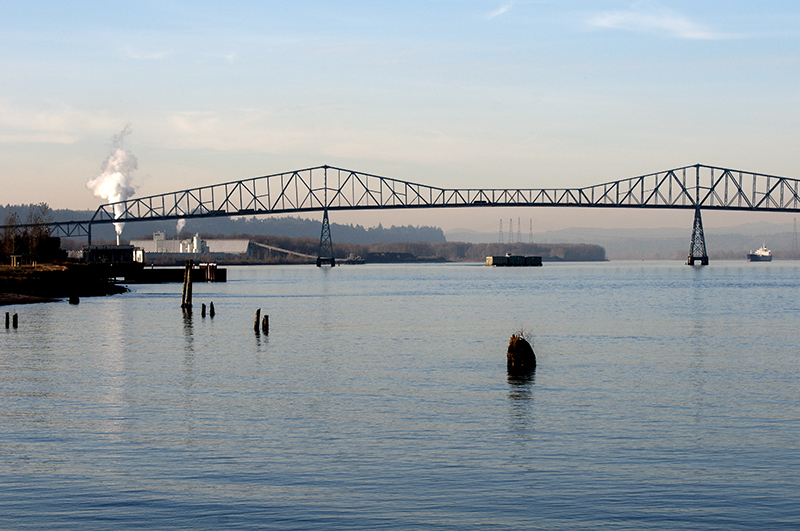
“Can you tell whether a Starling is male or female? They look very much alike to me.
Erica and I were sitting in our favorite birdwatching perch, the upstairs bay window, currently watching the antics of Starlings.
“Why do you want to know the difference?
“The best strategy for getting rid of Starlings is to concentrate on catching the females. They produce the eggs and the chicks. Catching a male is hardly worth the effort.
“That’s true. If you are keeping score, catching a female is worth eleven points compared to one point for the male.
“Eleven points?
“The average number of chicks is five and two hatches a season would be ten… plus the female equals eleven. A male is given a score of one… himself.
“Back to my question… can you tell the difference?
“They are difficult to tell apart… except during the breeding season… when there are subtle differences barely apparent to humans…
“Starlings don’t seem to have a problem… or maybe that’s why the male initiates nest building and waits for the female to come to the nest… the male doesn’t waste any energy chasing after another male. I want to know if that bird is a female. I don’t want to waste any time on a male.
“That one is a male.
“Are you sure?
“98% sure…
“Why not 100%?
“Some of those subtle differences cross over to the other sex… so 100% is not possible without testing DNA or conducting surgery to examine the sexual organs.
“What are some of those subtle differences?
“The females wear red lipstick… maybe I should say beak-stick because birds don’t have lips… this one has the blue-beak mark of a male.
“Red beak-stick… blue beak-stick… you must be joking… what else?
“The male’s bill is dull yellow, the female’s a bright lemon yellow… this one is dull yellow.
“And?
“The female has a twinkle in her eye… the iris of the male’s eye is not as visible as the female… we need to be less than a foot away to see the iris… that’s close.
“Red beak-stick… twinkle in the eye… Can you give me something easier to see… something more obvious?
“The male has a beard that is longer than the female’s…
“You made that one up…
“No… it’s true. The hackle on the male… the feathers on the neck… the beard… is nearly half an inch longer on the male than on the female… so, if you see him raise his hackle you can tell… visual determination of sex depends on the Gestalt of the bird.
“Gestalt?
“An ornithologist once told me to look at the sum of the parts… the Gestalt… and not at the individual pieces of evidence… one of the parts could lead you astray… but even in knowing all the visual clues mistakes can still be made. Or, you could use the other tactic.
“What’s the other tactic?
“Kill them all. The only good Starling is a dead Starling. Sort them by sex after they are dead.”
Photo and story byLarry




